AbstractID: 11940 Title: A Double-Layer Detector, Dual-Energy CT - Principles,
advertisement
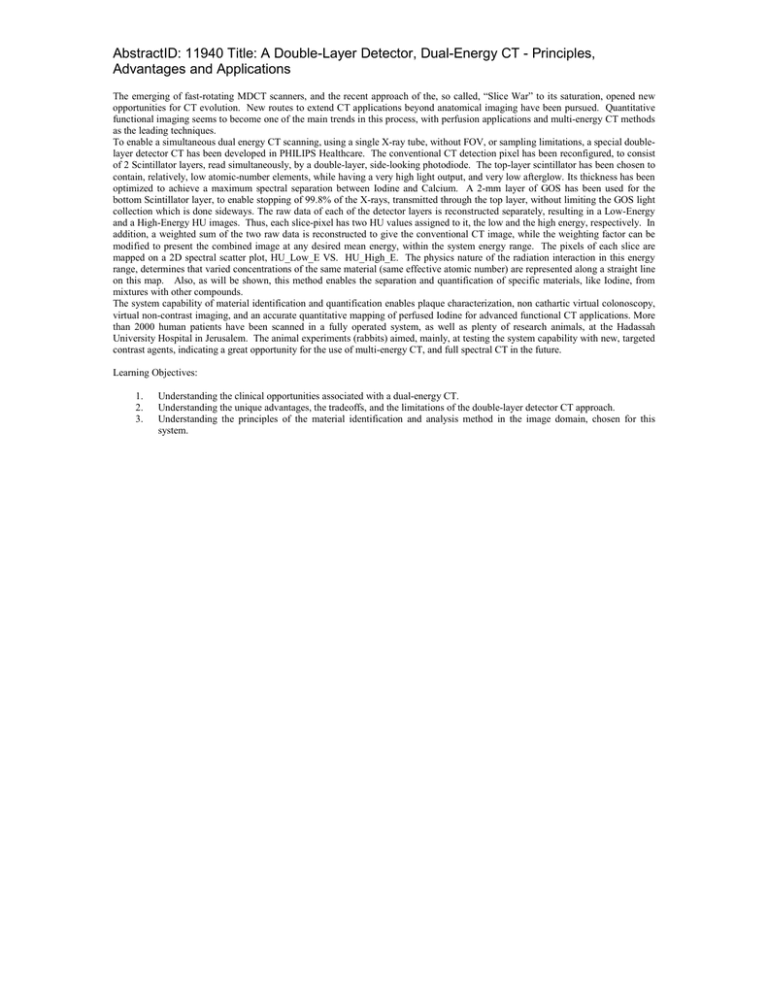
AbstractID: 11940 Title: A Double-Layer Detector, Dual-Energy CT - Principles, Advantages and Applications The emerging of fast-rotating MDCT scanners, and the recent approach of the, so called, “Slice War” to its saturation, opened new opportunities for CT evolution. New routes to extend CT applications beyond anatomical imaging have been pursued. Quantitative functional imaging seems to become one of the main trends in this process, with perfusion applications and multi-energy CT methods as the leading techniques. To enable a simultaneous dual energy CT scanning, using a single X-ray tube, without FOV, or sampling limitations, a special doublelayer detector CT has been developed in PHILIPS Healthcare. The conventional CT detection pixel has been reconfigured, to consist of 2 Scintillator layers, read simultaneously, by a double-layer, side-looking photodiode. The top-layer scintillator has been chosen to contain, relatively, low atomic-number elements, while having a very high light output, and very low afterglow. Its thickness has been optimized to achieve a maximum spectral separation between Iodine and Calcium. A 2-mm layer of GOS has been used for the bottom Scintillator layer, to enable stopping of 99.8% of the X-rays, transmitted through the top layer, without limiting the GOS light collection which is done sideways. The raw data of each of the detector layers is reconstructed separately, resulting in a Low-Energy and a High-Energy HU images. Thus, each slice-pixel has two HU values assigned to it, the low and the high energy, respectively. In addition, a weighted sum of the two raw data is reconstructed to give the conventional CT image, while the weighting factor can be modified to present the combined image at any desired mean energy, within the system energy range. The pixels of each slice are mapped on a 2D spectral scatter plot, HU_Low_E VS. HU_High_E. The physics nature of the radiation interaction in this energy range, determines that varied concentrations of the same material (same effective atomic number) are represented along a straight line on this map. Also, as will be shown, this method enables the separation and quantification of specific materials, like Iodine, from mixtures with other compounds. The system capability of material identification and quantification enables plaque characterization, non cathartic virtual colonoscopy, virtual non-contrast imaging, and an accurate quantitative mapping of perfused Iodine for advanced functional CT applications. More than 2000 human patients have been scanned in a fully operated system, as well as plenty of research animals, at the Hadassah University Hospital in Jerusalem. The animal experiments (rabbits) aimed, mainly, at testing the system capability with new, targeted contrast agents, indicating a great opportunity for the use of multi-energy CT, and full spectral CT in the future. Learning Objectives: 1. 2. 3. Understanding the clinical opportunities associated with a dual-energy CT. Understanding the unique advantages, the tradeoffs, and the limitations of the double-layer detector CT approach. Understanding the principles of the material identification and analysis method in the image domain, chosen for this system.
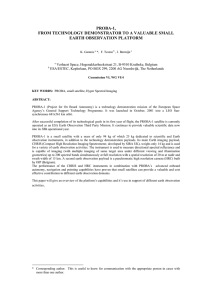

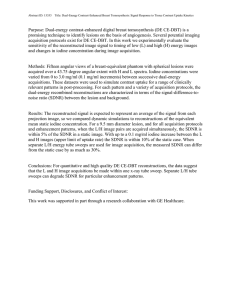



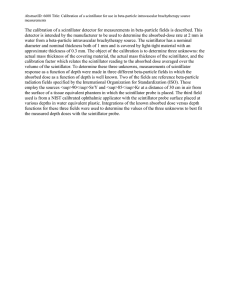

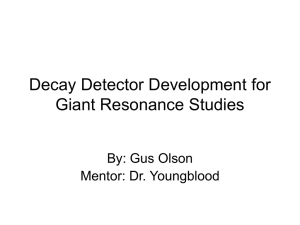

![arXiv:1606.01196v3 [physics.ed-ph] 25 Aug 2016](http://s2.studylib.net/store/data/018745059_1-c0867afe2417d8364c2a2e51aff17b9e-300x300.png)